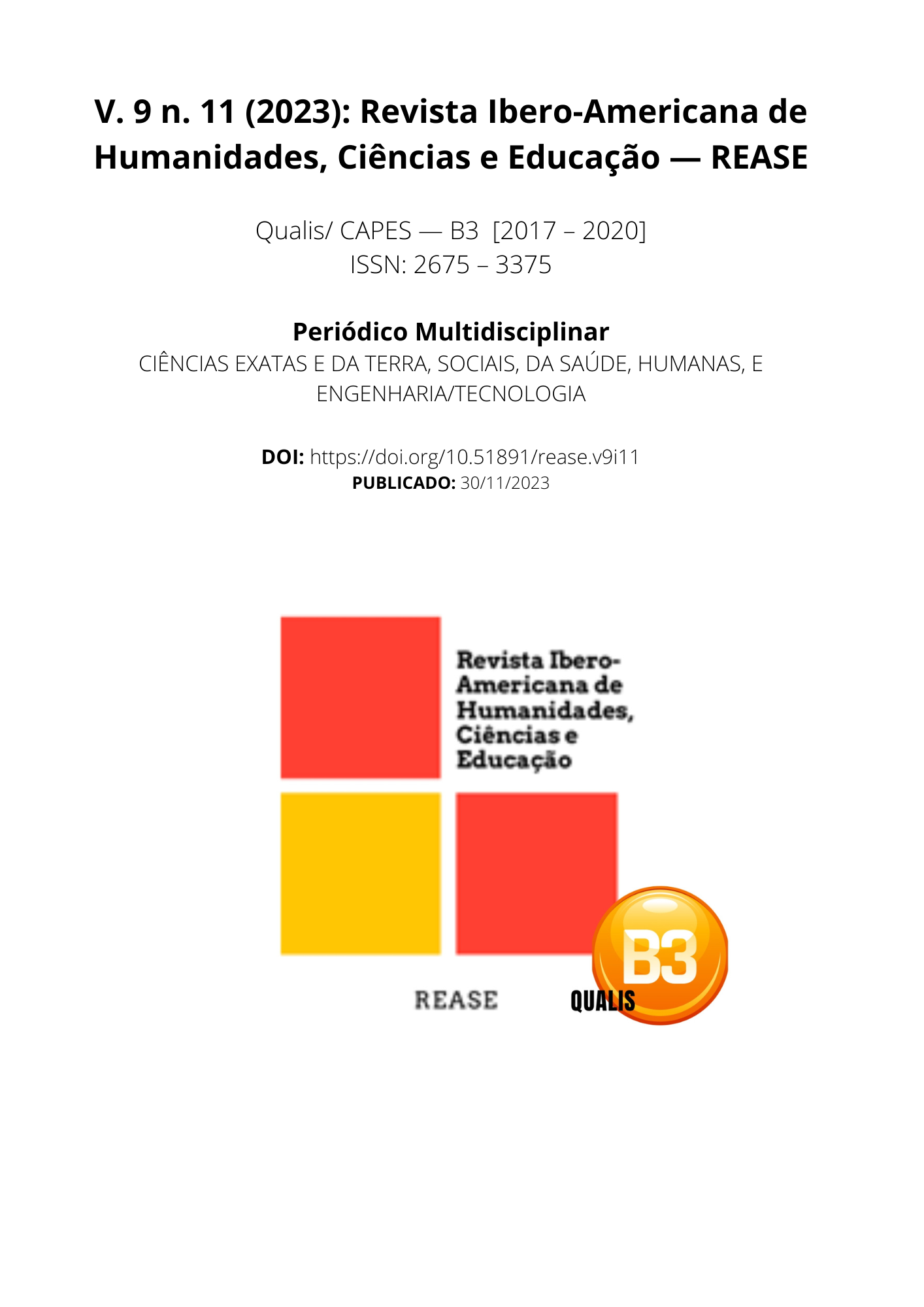SURGICAL APPROACHES FOR THE TREATMENT OF MORBID OBESITY
DOI:
https://doi.org/10.51891/rease.v9i11.12558Keywords:
Morbid obesity. Bariatric surgery. Surgical interventions. Clinical outcomes. and long-term studies.Abstract
Morbid obesity, characterized by a body mass index (BMI) equal to or greater than 40 kg/m², represents a significant challenge for public health. Associated with a series of comorbidities, such as type 2 diabetes, high blood pressure and cardiovascular diseases, morbid obesity demands effective therapeutic approaches. Among the available options, surgical interventions, known as bariatric surgeries, have emerged as an effective strategy for promoting sustained weight loss and improving long-term health outcomes. Objective: To critically analyze the surgical approaches used in the treatment of morbid obesity, exploring their effectiveness, safety and impact on clinical outcomes. We sought to identify common patterns and discrepancies in scientific evidence, considering scientific articles, studies and books published in the last 10 years. Methodology: The review methodology followed the guidelines of the PRISMA (Preferred Reporting Items for Systematic Reviews and Meta-Analyses) checklist. The search covered the PubMed, Scielo and Web of Science databases, using five main descriptors: morbid obesity, bariatric surgery, surgical interventions, clinical outcomes and long-term studies. The inclusion criteria included studies that investigated surgical approaches for morbid obesity, with a focus on long-term outcomes, and were published in the last 10 years. On the other hand, duplicate studies, case reports and those that did not provide relevant information for the analysis were excluded. Results: Analysis of results revealed a variety of surgical approaches, such as gastric banding, gastric bypass, and sleeve gastrectomy, each demonstrating different degrees of effectiveness in weight loss and improving associated comorbidities. The studies also addressed post-surgical complications, long-term success rates and the quality of life of patients undergoing these interventions. The implications for clinical practice and the gaps that require future research are also highlighted. Conclusion: In summary, this systematic review provides a comprehensive overview of surgical approaches for the treatment of morbid obesity, highlighting the importance of personalizing treatment based on individual patient characteristics. The evidence presented contributes to the understanding of the long-term results of these interventions, allowing informed decision-making by health professionals. However, more research is needed to elucidate specific issues and optimize the selection of surgical approaches to maximize long-term benefits.
Downloads
Downloads
Published
How to Cite
Issue
Section
Categories
License
Atribuição CC BY

